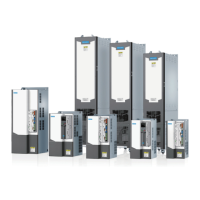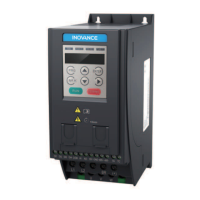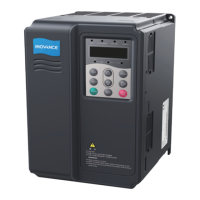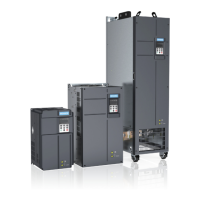Function Applications
-438-
Figure 4-16 Simple PLC as the main frequency source
Step 3: Set FC-16 to select the simple PLC operation mode.
Step 4: Set FC-17 to determine whether to retain the PLC operation stage and operating frequency
upon power failure or stop.
4.1.2.7 PID Control
PID control is a general process control method. PID control is used to form a closed-loop system in
which each controlled variable is stabilized at the target level through proportional, integral, and
differential calculation of the difference between the feedback signal and the target signal of the
controlled variable. The output of PID control is used as the running frequency, which generally applies
to on-site closed-loop control applications, such as constant pressure closed-loop control and
constant tension closed-loop control.
● Proportional gain Kp: Once the deviation between PID output and input occurs, the PID controller
adjusts the output to reduce the deviation. The speed at which the deviation decreases depends on
the proportional coefficient Kp. A larger Kp tends to reduce the deviation faster, but may cause
system oscillation, especially at large hysteresis. A smaller Kp indicates lower possibility of
oscillation but also slower adjustment. (The value 100.0 indicates that when the difference between
PID feedback and reference is 100.0%, the adjustment amplitude of the PID controller on the output
frequency reference is the maximum frequency.)
● Integral time Ti: It determines the integral adjustment intensity of the PID controller. Shorter
integral time indicates greater adjustment intensity. (Integral time refers to the time required for
continuous adjustment of the integral regulator to reach the maximum frequency when the
deviation between the PID feedback and reference is 100.0%.)
● Derivative time Td: It defines the deviation variation adjustment intensity of the PID controller.
Longer derivative time indicates greater adjustment intensity. (Derivative time refers to the time
within which the feedback value change reaches 100.0%, and the adjustment amplitude reaches
the maximum frequency.)

